From Start to Finish: Understanding the Process of Pickleball Court Construction
Introduction: Pickleball, a sport that blends elements of tennis, badminton, and table tennis, has surged in popularity in recent years, captivating players of all ages and skill levels. As demand for pickleball courts continues to rise, so does the need for quality construction services to meet this growing demand. At The Pickleball Construction Company, we specialise in the design and construction of pickleball courts, ensuring that every project is executed with precision and expertise. In this blog post, we’ll take you through the step-by-step process of building a pickleball court, from conception to completion.
1. Site Evaluation and Preparation:
The first step in the construction process is to conduct a thorough site evaluation to assess the feasibility of building a pickleball court. Factors such as land availability, terrain, drainage, and proximity to utilities are carefully considered during this stage. Once the site is selected, any necessary site preparation work, such as clearing vegetation, levelling the ground, and installing drainage systems, is carried out to ensure a solid foundation for the court.
2. Design and Layout:
With the site prepared, the next step is to develop a detailed design and layout plan for the pickleball court. This includes determining the court dimensions, orientation, and placement within the site and selecting materials for the playing surface, fencing, and other amenities. Our experienced design team works closely with clients to create custom pickleball court designs that meet their needs and preferences while adhering to industry standards and regulations.
3. Construction and Installation:
Once the design is finalised, construction of the pickleball court begins. This typically involves several key steps, including:
- Excavation and grading: The site is excavated to the required depth, and the ground is graded to achieve the proper slope and drainage.
- Base preparation: A stable base layer, usually consisting of crushed stone or asphalt, is installed to provide a solid foundation for the court surface.
- Surface installation: The playing surface, typically made of acrylic or cushioned material, is applied over the base layer to create a smooth and durable playing surface.
- Fence installation: Fencing is installed around the court’s perimeter to define boundaries and provide safety for players.
Our team closely monitors progress throughout the construction process to ensure that quality standards are met and that the project stays on schedule and within budget.
4. Finishing Touches and Quality Assurance:
Once construction is complete, the pickleball court undergoes a series of quality assurance checks to ensure that it meets the highest standards of craftsmanship and durability. Any final touches, such as line painting, net installation, and signage, are also completed during this stage. Our goal is to deliver a pickleball court that looks great, performs well, and stands the test of time.
5. Handover and Maintenance:
Finally, the completed pickleball court and any relevant documentation and maintenance guidelines are handed over to the client. Regular maintenance, including cleaning, resurfacing, and repair, is essential to ensure the longevity and performance of the court. Our team provides ongoing support and maintenance services to help clients keep their pickleball courts in top condition for years.
Conclusion: Building a pickleball court requires careful planning, expertise, and attention to detail. From site evaluation and design to construction and maintenance, each step of the process plays a crucial role in delivering a high-quality pickleball court that meets the needs and expectations of players.
Call us on: 0203 840 3492
Click here to find out more about The Pickleball Construction Company
Click here to complete our contact form and see how we can help with your court needs.

